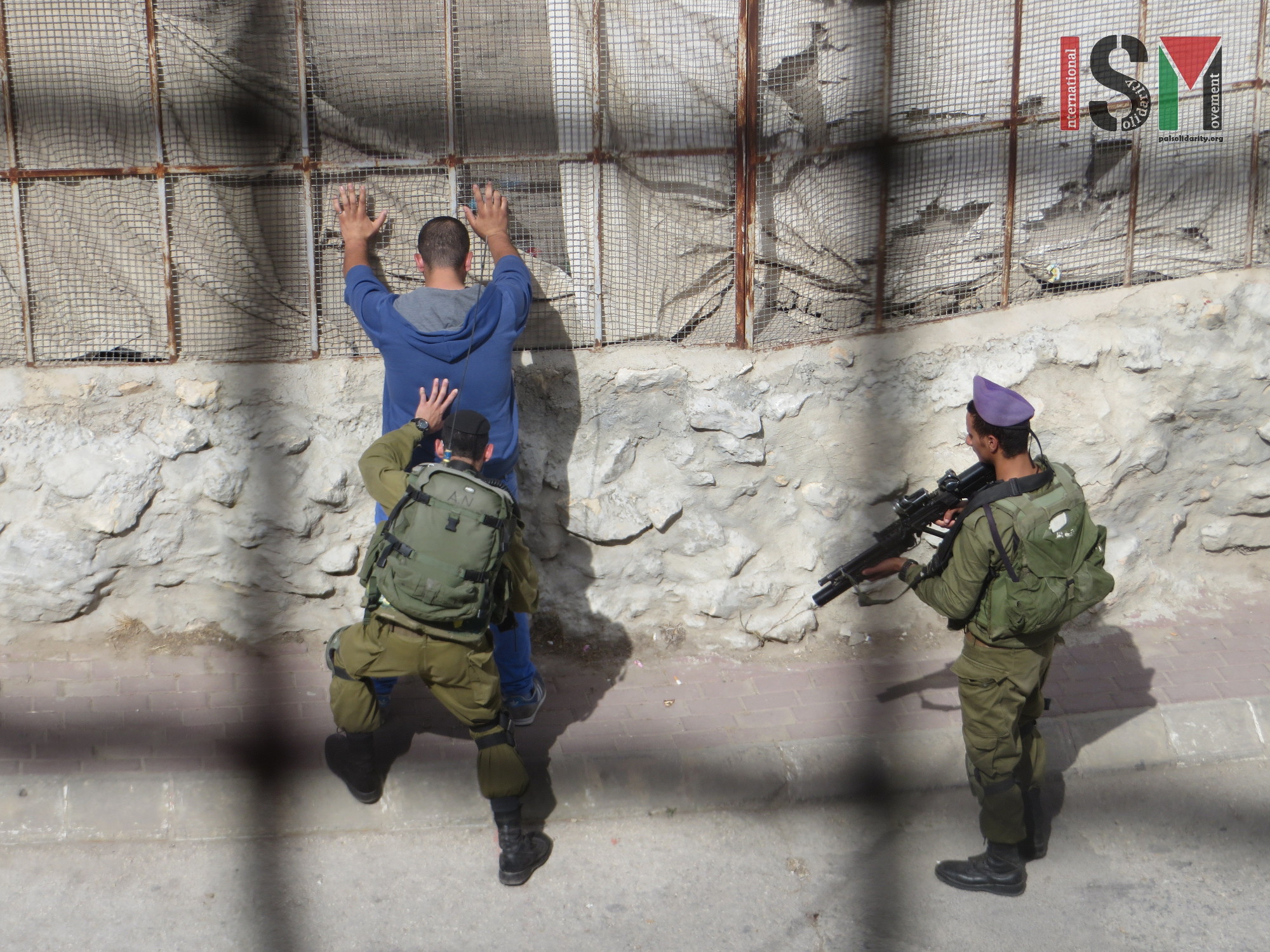Category: Hebron
-
Non-violent action in At-Tuwani
10th of February, 2017 | International Solidarity Movement, al-Khalil team | South Hebron Hills, Occupied Palestine On Saturday, February 4th, a group of villagers from At Tuwani, South Hebron Hills, held a non-violent demonstration against the settler violence and illegal settlement expansion that affects their village. At 10:00, a demonstration consisting of about 15 Palestinian villagers, supported by…
-
Humiliation
3rd February 2017 | International Solidarity Movement, al-Khalil team | Hebron, occupied Palestine No one can describe this feeling, when occupation did what it does best: humiliate, harass, humiliate. There is no words to say, today, I was treated like I’m not a human being. No words, that can put across the actual meaning. The…
-
“If your students want an education…” – Right to education violable under occupation?
2nd February 2017 | International Solidarity Movement, al-Khalil team | Hebron, occupied Palestine On Thursday morning Israeli forces detained Palestinian teachers and students from Qurtuba school for over two hours at Shuhada checkpoint in occupied al-Khalil (Hebron) without reason and despite the fact that students and teachers always have to pass the checkpoint to reach school. Israeli…



